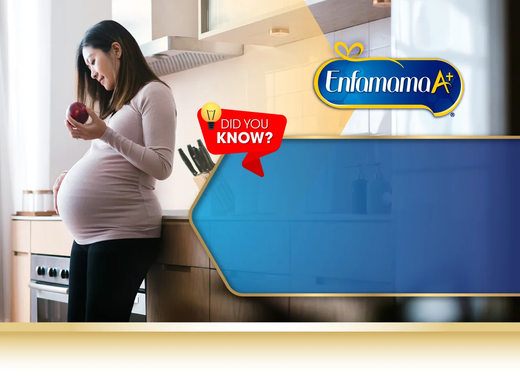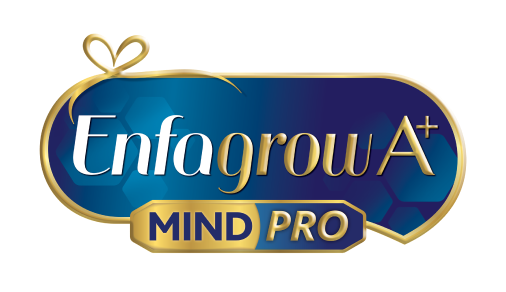
Studies have shown that most pregnant mothers in Malaysia did not achieve the recommended nutrient intake (RNI) for essential nutrients.1,2
Learn more on how maternal milk helps to support this nutritional gap in the infographic below.

h1ercentage of pregnant mothers who did not achieve RNI for essential nutrients



Risk factors of GDM include:6
-
History of previous GDM
-
Macrosomia
-
Congenital anomalies
-
Body mass index ≥ 25 kg/m2
-
Pregnancy-induced hypertension

Educational series brought to you by Enfamama A+:

▲Compared to other maternal milk brands in the market as of Jan 2022. Enfamama A+ provides 100 mg DHA per 100 g powder; ♦Compared to other maternal milk brands in the market as of Jan 2022. Enfamama A+ provides 560 mg Choline per 100 g powder.
References:
- Abdul Manaf Z, Johari N, Lee YM, Ng SY, Chua KY, Loke WT. Nutritional status and nutritional knowledge of Malay pregnant women in selected private hospitals in Klang Valley. Jurnal Sains Kesihatan Malaysia 2014;12:53-62.
- Sawal Hamid ZB, Rajikan R, Elias SM, Jamil NA. Utilization of a diet optimization model in ensuring adequate intake among pregnant women in Selangor, Malaysia. Int J Environ Res Public Health. 2019;16(23):4720.
- World Health Organization. Guideline: calcium supplementation in pregnant women. 2013.
- American College of Obstetricians and Gynecologists. Nutrition during pregnancy. Available at https://www.acog.org/womens-health/faqs/nutrition- during- pregnancy#. Accessed on 2 August 2022.
- Elango R, Ball RO. Protein and amino acid requirements during pregnancy. Adv Nutr. 2016;7(4):839S-44S.
- Lee KW, Ching SM, Ramachandran V, et al. Prevalence and risk factors of gestational diabetes mellitus in Asia: a systematic review and meta-analysis. BMC Pregnancy Childbirth. 2018;18:494.
- Mohd Shukri NA, Baba NF, Abu Samah NF. Maternal milk supplementation among pregnant women in Kuantan, Pahang. International Journal of Allied Health Sciences 2018;2(1):179-90.
- Louie JC, Brand-Miller JC, Markovic TP, Ross GP, Moses RG. Glycemic index and pregnancy: a systematic literature review. J Nutr Metab. 2010;2010:282464.
- Horrocks LA, Yeo YK. Health benefits of docosahexaenoic acid (DHA). Pharmacol Res. 1999;40(3):211-25.
- Institute of Medicine. Dietary reference intakes: the essential guide to nutrient requirements. 2006. Available at http://www.nap.edu/catalog/ 11537.html. Accessed on 2 August 2022.
- National Coordinating Committee on Food and Nutrition, Ministry of Health Malaysia. Recommended nutrient intakes for Malaysia. 2017. Available at https://nutrition.moh.gov.my/wp-content/uploads/2017/05/FA-Buku-RNI.pdf. Accessed on 2 August 2022.
- Data on file.
For healthcare professionals only.

